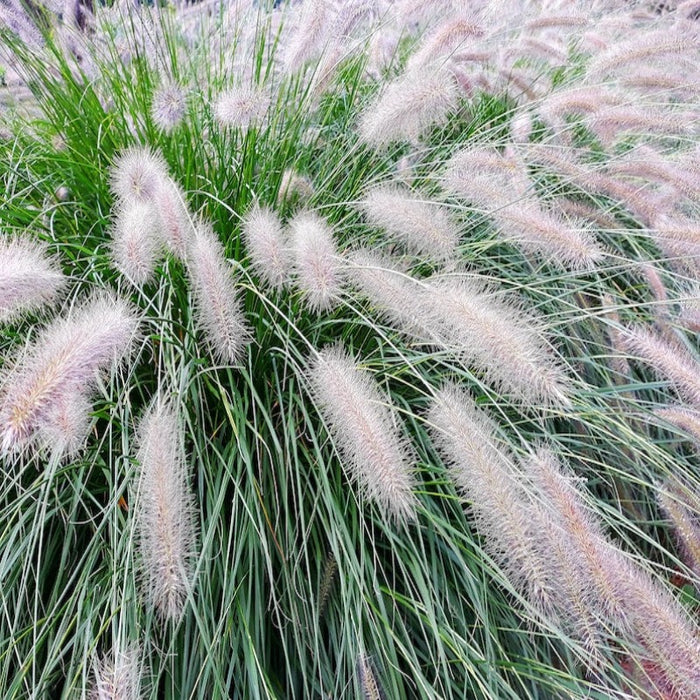
Dwarf Fountain Grass Plume Seeds
Save 50%
Original price
$10.00
Original price
$10.00
-
Original price
$10.00
Original price
$10.00
Current price
$4.99
$4.99
-
$4.99
Current price
$4.99
Cultivate a garden of elegance with Dwarf Fountain Grass Plume Seeds. This ornamental grass variety promises a stunning display of petite white plumes that add a touch of sophistication and refinement to your outdoor space. Create a garden masterpiece with this gracefully arching grass variety, known for its exceptional texture, ease of cultivation, and compact size.
Features:
- Fine Quality: Ensures a garden display that exceeds expectations.
- Architectural Finesse: Adds a sculptural element to your landscape.
Details:
- Color: Produces airy white plumes that add soft texture and contrast to garden beds and borders.
- Plant Seeds: Sow seeds outdoors after the last frost or start indoors a few weeks early for a head start.
- Plant Height: Grows to a compact height of 12 to 18 inches, perfect for edging or low accent plantings.
- Plant Spacing: Space plants 24 inches apart to allow airflow and healthy clump formation.
- Bloom Time: Blooms from summer through fall, offering long-lasting seasonal interest.
- Hardiness Zone: Suitable for USDA zones 4 to 11, making it adaptable to a wide range of climates.
- Light Requirements: Thrives in full sun, encouraging strong stems and plume development.
- Soil & Water Preferences: Prefers average to dry soil conditions and requires minimal watering once established.
- Quantity: Each pack includes 25 seeds, ideal for ornamental beds, borders, or xeriscape gardens.




